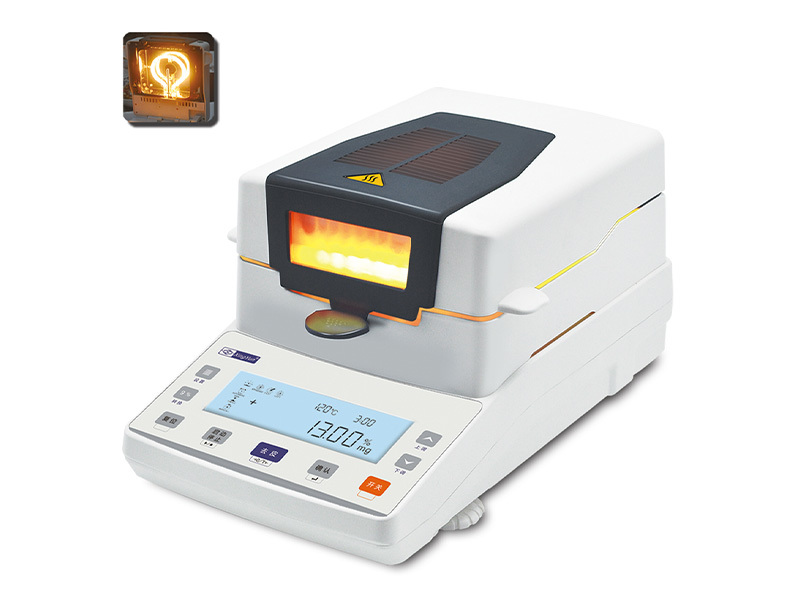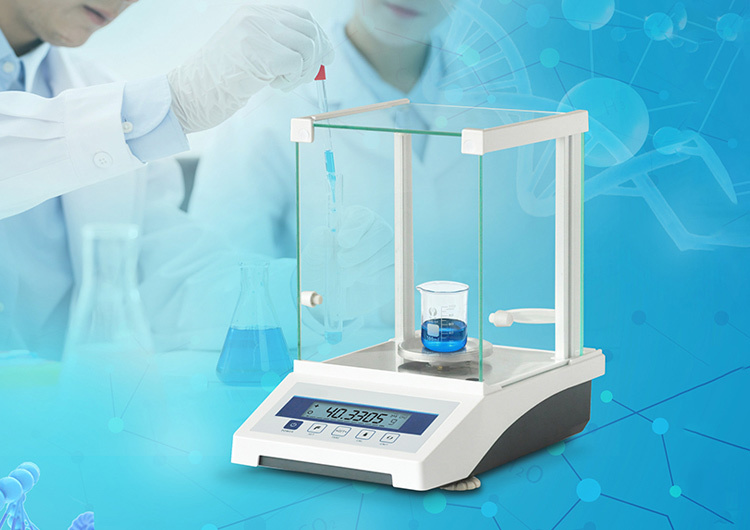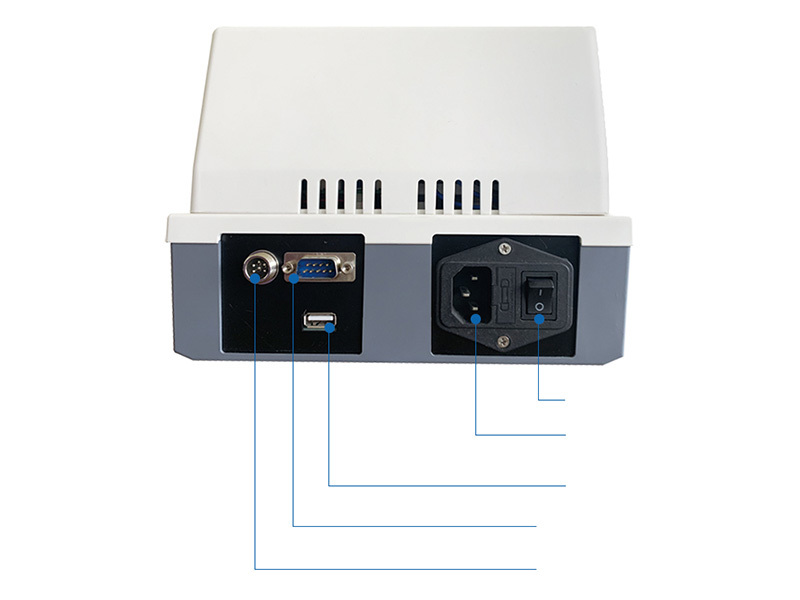News
Balancing Act: Understanding the Importance of Analytical Balances in Chemistry Labs
2025-03-11
Balancing Act: Understanding the Importance of Analytical Balances in Chemistry Labs
Table of Contents
- 1. Introduction to Analytical Balances
- 2. What is an Analytical Balance?
- 3. Types of Analytical Balances
- 4. How Do Analytical Balances Work?
- 5. Importance of Analytical Balances in Chemistry
- 6. Applications of Analytical Balances
- 7. Maintenance and Care for Analytical Balances
- 8. Common Issues and Solutions
- 9. Conclusion
- 10. FAQs
1. Introduction to Analytical Balances
In the realm of chemistry, precision is paramount. Whether conducting experiments in a laboratory or performing quality control in manufacturing, the accuracy of measurements can significantly influence results. This is where **analytical balances** come into play. These precision instruments are critical for obtaining highly accurate measurements of mass, providing chemists with the reliability they need to draw meaningful conclusions from their data.
In this article, we will delve into the importance of analytical balances in chemistry labs, exploring their functions, various types, and best practices for ensuring optimal performance.
2. What is an Analytical Balance?
An **analytical balance** is a highly sensitive laboratory instrument designed to measure mass with an accuracy of 0.0001 grams (or 0.1 mg). Unlike standard balances, analytical balances are designed to minimize environmental factors such as wind, vibrations, and temperature changes, ensuring that readings are as accurate as possible.
Most analytical balances feature a draft shield that protects the weighing pan from air currents, which can affect measurements. The pan is typically made of stainless steel or glass, allowing for easy cleaning and minimal contamination.
3. Types of Analytical Balances
Within the realm of analytical balances, there are several types, each tailored for specific applications. Understanding these variations can help laboratories select the right balance for their needs.
3.1. Top-Loading Balances
Top-loading balances offer a larger capacity and are often easier to use than their analytical counterparts. They are ideal for weighing larger samples but may not achieve the high precision required for some chemical applications.
3.2. Analytical Balances
This type is specifically calibrated for precision measurements and features a readability of 0.1 mg or better. They are essential for applications where even minute differences in mass can alter experimental outcomes.
3.3. Semi-Micro Balances
As the name suggests, semi-micro balances bridge the gap between analytical and microbalances, providing very high precision for smaller sample sizes, typically measuring up to 0.01 mg.
3.4. Micro Balances
Microbalances can measure extremely small masses, often down to 0.001 mg, making them suitable for specialized applications in research and pharmaceuticals.
4. How Do Analytical Balances Work?
The operational mechanism of analytical balances is based on the principle of electromagnetic force restoration. When an object is placed on the balance pan, it causes a slight displacement.
This movement is detected by an electromagnetic force that works against the gravitational force of the sample. The balance calculates the mass of the sample by comparing the gravitational force to the electromagnetic force needed to restore equilibrium.
Most modern analytical balances are equipped with digital displays that simplify reading results. Users can calibrate the balance electronically, enhancing precision and usability.
5. Importance of Analytical Balances in Chemistry
The significance of analytical balances in chemistry labs cannot be overstated. Here, we explore several reasons why they are indispensable tools for researchers and chemists.
5.1. Enhanced Precision and Accuracy
Analytical balances are designed for high precision, enabling chemists to achieve reliable measurements. This accuracy is vital in quantitative analysis, where even minor variances can lead to significantly different results.
5.2. Consistency in Experimental Results
By providing highly accurate measurements, analytical balances contribute to the consistency and reproducibility of experimental results. This is critical in scientific research, where findings need to be validated and replicated.
5.3. Quality Control in Manufacturing
In industries such as pharmaceuticals and food production, analytical balances play a crucial role in quality control processes. They ensure that products adhere to strict regulatory standards and specifications, safeguarding consumer safety and maintaining brand integrity.
6. Applications of Analytical Balances
Analytical balances are used across various fields, including education, pharmaceuticals, food science, and environmental research. Here are some common applications:
6.1. Chemical Analysis
In chemistry labs, analytical balances are employed for precise measurements of reactants and products during experiments. This is essential in quantitative analysis, where exact amounts of substances need to be measured.
6.2. Pharmaceutical Development
In the pharmaceutical industry, analytical balances are crucial for formulating medications. Accurate measurements of active ingredients ensure that products are safe and effective.
6.3. Food Industry
Food scientists use analytical balances to measure ingredients with precision. This is vital for maintaining quality and ensuring compliance with regulations.
6.4. Environmental Studies
Analytical balances are used in environmental research to determine the concentration of pollutants in samples. Accurate measurements are essential for developing effective strategies to mitigate environmental issues.
7. Maintenance and Care for Analytical Balances
To ensure optimal performance and longevity of analytical balances, proper maintenance is essential. Here are some best practices:
7.1. Regular Calibration
Regular calibration of analytical balances is crucial for maintaining accuracy. Calibration should be performed using certified weights and in accordance with the manufacturer’s guidelines.
7.2. Cleanliness
Maintaining a clean balance area is essential for preventing contamination and ensuring accurate measurements. Users should regularly clean the weighing pan and surrounding areas.
7.3. Environmental Control
Analytical balances are sensitive to environmental factors. Labs should maintain stable temperature and humidity levels and minimize vibrations to enhance measurement accuracy.
7.4. Regular Maintenance Checks
Conducting routine checks on the balance’s performance, including assessing the tare function and display readings, can help identify any issues early.
8. Common Issues and Solutions
Even with proper care, analytical balances may encounter issues that affect their performance. Here are some common problems and potential solutions:
8.1. Inconsistent Readings
If an analytical balance provides inconsistent readings, it may be due to environmental disturbances or mechanical issues. Ensure that the balance is level and free from vibrations.
8.2. Drift in Readings
Drifting measurements can indicate that recalibration is needed. Perform calibration checks regularly to maintain accuracy.
8.3. Contamination
Contaminated weighing pans can lead to inaccurate results. Regular cleaning and using appropriate containers for weighing can help mitigate this issue.
9. Conclusion
Analytical balances play a vital role in chemical laboratories, offering unparalleled precision and accuracy in mass measurements. By understanding the various types of analytical balances, their mechanisms, and the importance they hold in different applications, chemists can better utilize these essential tools in their work.
Proper maintenance and care are equally crucial for ensuring that analytical balances function optimally, providing consistent and reliable results. In the intricate world of chemistry, the balancing act that analytical balances perform is fundamental to driving innovation and maintaining quality across various sectors.
10. FAQs
10.1. What is the difference between an analytical balance and a regular balance?
Analytical balances are designed for high precision and can measure to the nearest 0.1 mg, while regular balances typically measure to the nearest gram or milligram, making them less suitable for sensitive applications.
10.2. How often should I calibrate my analytical balance?
It is recommended to calibrate analytical balances at least once a month, or more frequently if they are used heavily or subjected to environmental changes.
10.3. Can I use an analytical balance for large samples?
While analytical balances can handle small to medium-sized samples, for larger samples, a top-loading balance is more appropriate.
10.4. What should I do if my balance is giving incorrect readings?
First, check for any environmental disturbances or mechanical issues. If the problem persists, recalibrate the balance. If issues continue, consult the manufacturer or a technician.
10.5. Is it necessary to use a draft shield when weighing samples on an analytical balance?
Yes, using a draft shield is essential as it protects the sample from air currents that can cause fluctuations in measurements, ensuring greater accuracy.
Related News













